Every time Minister Carmelo Abela needs people to focus on something other than the serious allegations being levelled at him, the public is treated to an “update” on the completion of the Labour Party’s electoral manifesto. With every opinion published and at every press conference held, the percentages continue to inch closer to completion.
Addressing a press conference at the end of May, the Minister at the Office of the Prime Minister stated that a whopping 84% of his party’s electoral manifesto had been completed and for those who don’t like percentages, Abela threw in solid figures too. He added that 100 of the 722 electoral pledges were completed in 12 months alone.
All of this would be grand if there were some way of verifying these numbers, but, not unsurprisingly, there is none publicly available. So these claims carry as much weight as a student grading his own papers.
This “completing the manifesto” rhetoric is not new. In May 2019, while speaking at a rally in Birgu, disgraced former prime minister Joseph Muscat had said that two years following the 2017 election, the government was working on or had given effect to 55 % of their electoral promises.
A year later (2020), Carmelo Abela penned an opinion piece that he used to both applaud the Labour government’s achievements and bash the electoral pledges of previous Nationalist administrations. After that, Prime Minister Robert Abela said in January of this year that there will be no general election until the 2017 electoral manifesto is completed.
So there may be a rush to convince us the job is done, but can we really rely on their numbers?
Playing with numbers
Let’s take a very superficial look at the percentages bandied about. If we consider that between 2017 and 2019, 55% of the manifesto was completed, then 75% was completed by 2020 and 84 % by May 2021 (that’s what they told us) we could interpret this in the sense that the government was completing the manifesto at a faster rate in the first two years than it is doing now, and that had the government kept the same linear rate of completion, by our calculations, the manifesto would be completed by July this year.
We didn’t include any variables but does any of this matter? Not really, and that’s the point. Without any means of corroborating these numbers and with a 722-point manifesto that is a mixture of very vague and very specific pledges, how, when and to what extent were each of these specific pledges “completed” is anyone’s guess.
Here’s what Carmelo Abela had to say in his 2017 opinion piece: “Providing a breakdown of the process by which a sitting executive is implementing its work programme should indeed be no big deal. However, younger readers might not know that such a process was only brought to practice as a pledge of the new Labour government in 2013”.
Needless to say, neither the young nor the old readers are provided with an actual breakdown of the process. Abela only goes on to add that following the Labour victory in 2013, the now-defunct Ministry for the Implementation of the Electoral Manifesto was created and entrusted to then-deputy prime minister Louis Grech, who created a “centralised IT system that would weigh and track completion advancements on each pledge by the relevant ministries, all brought together with deliverables and key performance indicators”. Really? How convenient that the government that promised transparency won’t allow us to check.
The weight of a promise
Ploughing through 722 pledges is no easy read for even the staunchest of Labour supporters.
The promises range from big projects such as the Marsa Junction, which everyone can see completed (although launched three times), to all-encompassing pledges such as the one that states (page 39) that Malta and Gozo’s roads will be “done up and will be maintained as is deserving of modern country…”. When and how is this pledge to be classified as complete? Does a country ever stop maintaining its roads in a proper state of repair?
Another example is a pledge to address poverty (page 80): “A new government led by Joseph Muscat continues to tackle poverty with greater commitment after having officially reduced poverty by half. We must now focus on what is left, so we will continue to pursue a policy that makes poverty reduction a priority of our social policy”.
There is no question that this is a worthy pledge but once again, given that this is more of an “aim”, an ultimate objective, rather than a practical or concrete policy, at what stage and who decides that this pledge has been completed? Moreover, judging by reports in 2019 and 2020 that described an increase in families in need of help from foodbanks (partly also due to the COVID-19 pandemic), this pledge is very much still incomplete.
There are also examples of what read like big pledges summed up in little more than three lines such as the following: “We’ll establish a startup campus in Smart City so that startups that relocate to Malta can begin to operate immediately” (page 18). Erm…
At the other end of the spectrum, there are examples of wordy promises that say very little such as that on national unity (page 165) which says the following: “We’ve always believed in national unity. These are the principles that will continue to guide all we do […] A new government led by Joseph Muscat will actively work to instil national unity and a sense of state so that our country may continue to move forward.”
How this pledge will ever be considered complete is baffling given that during Muscat’s tenure, government supporters were able to sow division and hatred by repeatedly targeting critics, not forgetting how the state-sponsored trolling and dehumanisation of Daphne Caruana Galizia was allowed to flourish, even following her assassination. The President of Malta may be trying to debate “unity”, but to date, the actions of government supporters and propagandists towards dissent continue to tell a very different story.
And because these electoral pledges come in all shapes and sizes, there are also those promises that have yet to see the light of day.
The Shift recently revealed that Environment Minister Aaron Farrugia’s pledge to establish and regularly publish a transparency register has still not been fulfilled 18 months after the novice politician made the commitment and which was also an electoral pledge (page 164).
In the electoral manifesto, the pledge is as follows: “We will discuss the introduction of a “transparency register” so that, MPs, ministers and those holding public office will declare in this register, which will be public, their current or potential business interests […]”. Not only is Minister Farrugia’s version of the transparency register delayed but when is this electoral promise considered complete? When a register is established or when the government stops discussing it?
You can see what we’re getting at. Using numbers or percentages to describe the completion of your electoral manifesto is nothing more than finely wrought nonsense – a series of ever-shifting claims that can be easily repeated but are difficult to unpick. A perfect disinformation strategy, albeit convenient in the run-up to an election.

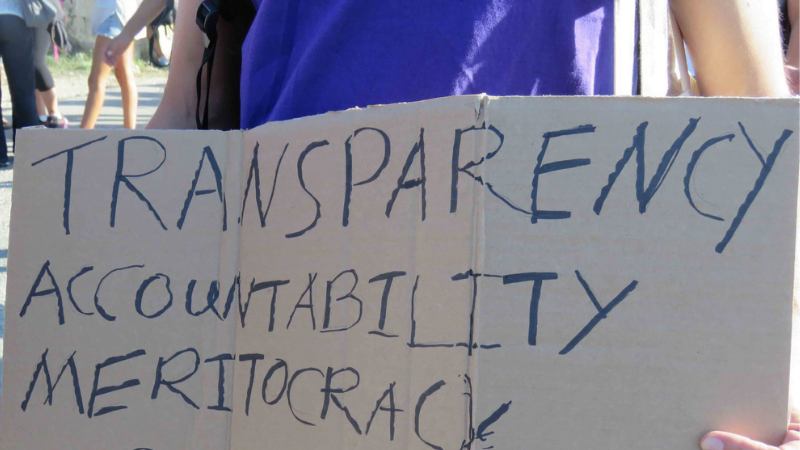
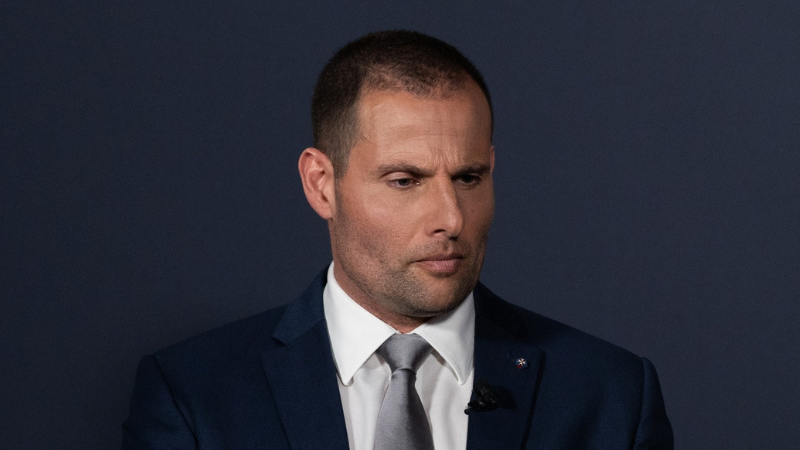
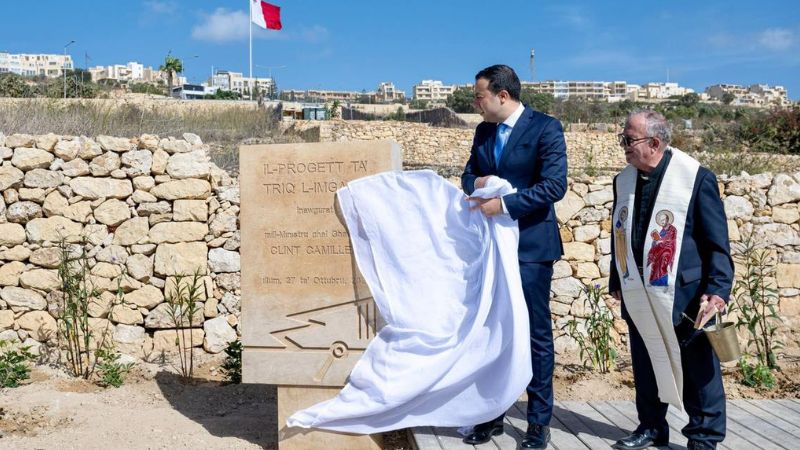

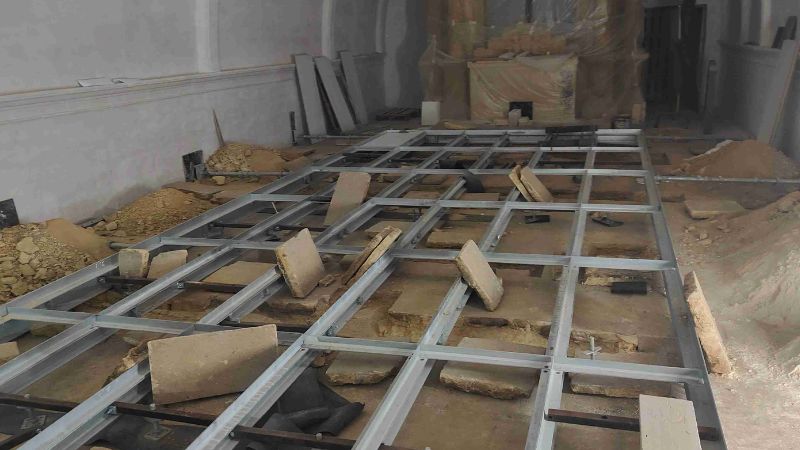
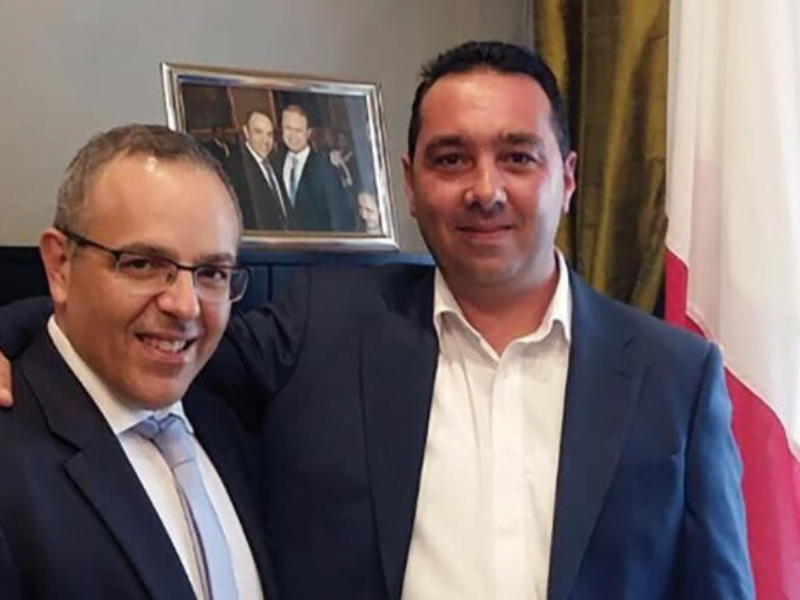






The assassination of Daphne Caruana Galizia was in the unwritten manifesto.
https://daphnecaruanagalizia.com/2017/04/family-minister-economy-minister-bad-theyre-not-april-fools-joke/
True Boganism at it’s best, all bullshit taken hook line and sinker by the sheeple who consider these part time MP’s the stars of the modern world. Everything is made up as they go along, you don’t need amendments in this society, just stick something else in there , who gives a fuck. Manifesto in their terms, is making sure all their friends who were promised everything get something and usually a bit more before the election comes round again. Percentages is a big word to be used at weekend meetings no one but no one will query them, and even if they did, they really are just all bullshit and would confuse the best Bogans just like us.
Checked by their own people. Another inside job!